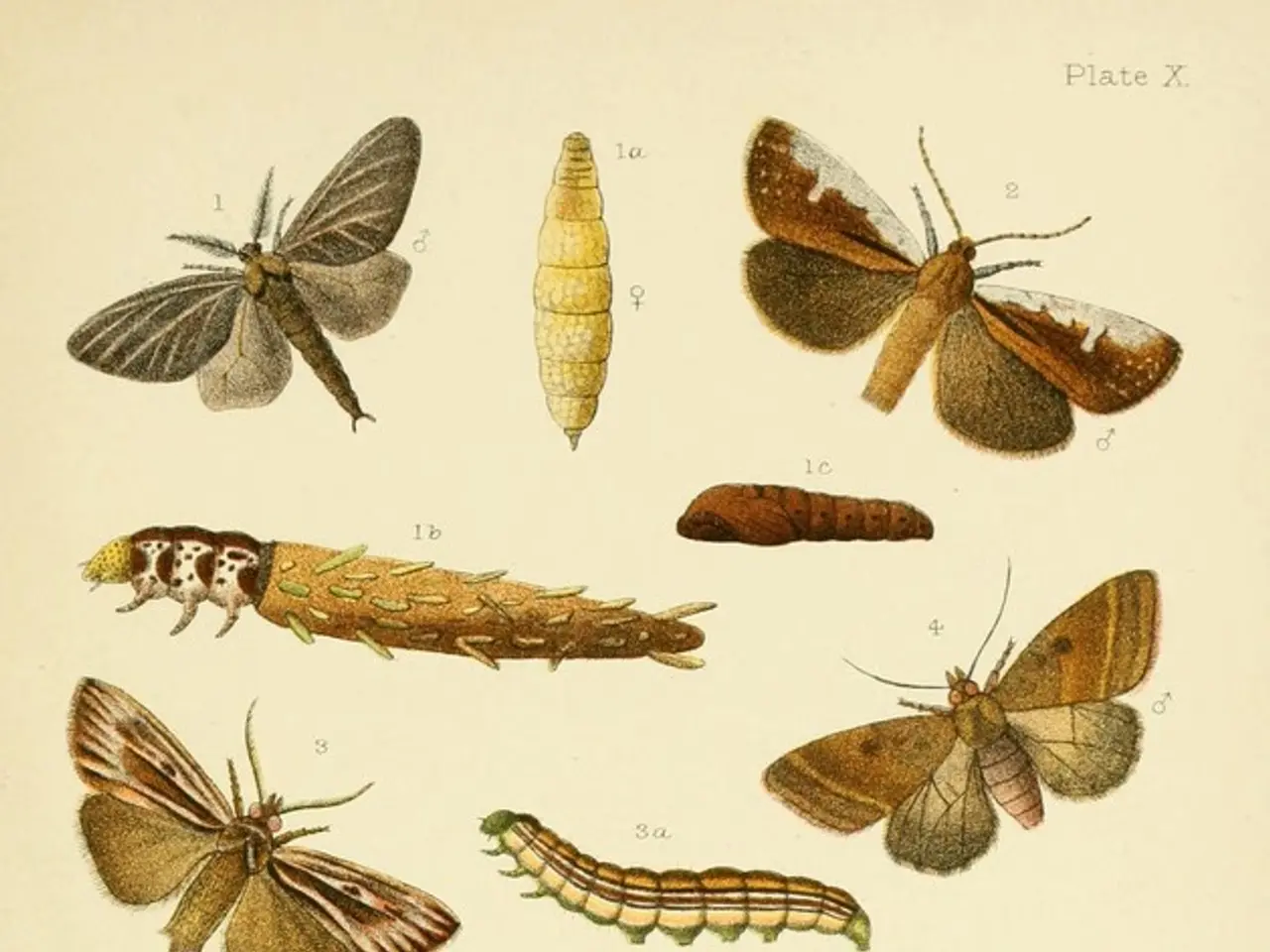Unbelievable Fact: Countless Brain Cells Exist, With More Than 400 Different Kinds Identified
### Expanding the Neuronal Landscape: A Leap in Neurological Disease Modeling
In a groundbreaking development, the realm of neuroscience and stem cell biology has witnessed significant advancements, broadening the spectrum of neuronal types that can be cultivated in a lab setting for the purpose of modeling neurological diseases. This expansion is pivotal in understanding disease mechanisms and developing effective therapies.
The human brain is home to hundreds, if not thousands, of distinct types of neurons, primarily classified according to their function: sensory neurons, motor neurons, and interneurons (or relay neurons). Sensory neurons transmit information from sensory organs to the central nervous system, providing sensory input, while motor neurons conduct signals from the central nervous system to muscles or glands to produce movement or actions. Interneurons serve as connectors, transmitting signals between sensory and motor neurons within the central nervous system and make up the majority of neurons in the brain.
Structurally, neurons consist of a cell body, dendrites (which receive signals), and a long axon (which transmits electrical impulses). A myelin sheath covering axons helps speed up signal transmission.
Recent advancements have seen the generation of diverse neuronal subtypes in vitro, using human induced pluripotent stem cells (iPSCs) and embryonic stem cells (ESCs). These include excitatory and inhibitory neurons, dopaminergic neurons, motor neurons, and specialized interneurons—all closely resembling those found in the human brain. Furthermore, these advancements have enabled the modeling of more precise neuronal identities and microcircuits contributing to disease phenotypes.
Beyond neurons, related glial subtypes such as neurotoxic astrocytes have also been identified and modeled, reflecting their role in neuroinflammation and neurodegeneration.
These advancements have significant implications for modeling diseases like Alzheimer’s disease, Parkinson’s, amyotrophic lateral sclerosis (ALS), and others, supporting biomarker discovery and therapeutic development. The Allen Cell Types Database, for instance, identifies dozens of electrophysiological and morphological neuronal subtypes in the cortex alone.
In summary, while classical neuroscience identified the main general classes of neurons, recent in vitro studies utilizing stem cell technology have expanded the repertoire to include many neuronal subtypes and related glial cells. This allows for more detailed neurological disease modeling and advances understanding of brain function and pathology.
The study led by Barbara Treutlein and colleagues at ETH Zurich, for example, generated over 400 distinct neuronal types in culture, offering a promising avenue for deeper insights into brain health and disease. This development promises to unlock new opportunities for neurological disease modeling, drug testing, and potentially cell replacement therapies.
Until recently, laboratory models could only replicate a limited subset of neuronal diversity. However, with these advancements, laboratory models are now becoming accessible for a broader range of neuronal types. It is likely that many more neuron types remain to be cataloged, opening up exciting possibilities for the future of neuroscience research.
**Key points:**
| Aspect | Description | |-----------------------------|--------------------------------------------------------------| | Classical neuronal types | Sensory, Motor, Interneurons | | In vitro advances | Stem cell-derived diverse neurons, complex neuronal subtypes | | Disease modeling relevance | Alzheimer’s, neurodegeneration, neuroinflammation pathways | | Neuronal diversity | Hundreds to thousands of distinct types of neurons | | Glial cell modeling | Neurotoxic astrocytes | | Neuronal subtypes modeling | Excitatory and inhibitory neurons, dopaminergic neurons, motor neurons, specialized interneurons | | Breakthrough study | Over 400 distinct neuronal types generated in culture | | New opportunities | Neurological disease modeling, drug testing, cell replacement therapies | | Future prospects | Cataloging more neuron types |
Medicine and science have collaborated to make significant strides in neurological disease modeling, with the generation of over 400 diverse neuronal types in a lab setting using stem cell technology. This development, as demonstrated by the study led by Barbara Treutlein and colleagues at ETH Zurich, opens new opportunities for neurological disease modeling, drug testing, and potentially cell replacement therapies, thereby advancing health and wellness, particularly in understanding and managing neurological conditions and disorders like Alzheimer's, Parkinson's, amyotrophic lateral sclerosis (ALS), and others.




